For those who don’t know much about the Civil War, or are looking for an entrée into this expansive topic, these are the cities of the South that played hugely important roles. Within them you’ll find all kinds of museums, historic sites, national battlefields, monuments, and more that will be sure to whet your appetite to keep exploring more.
Atlanta, Georgia
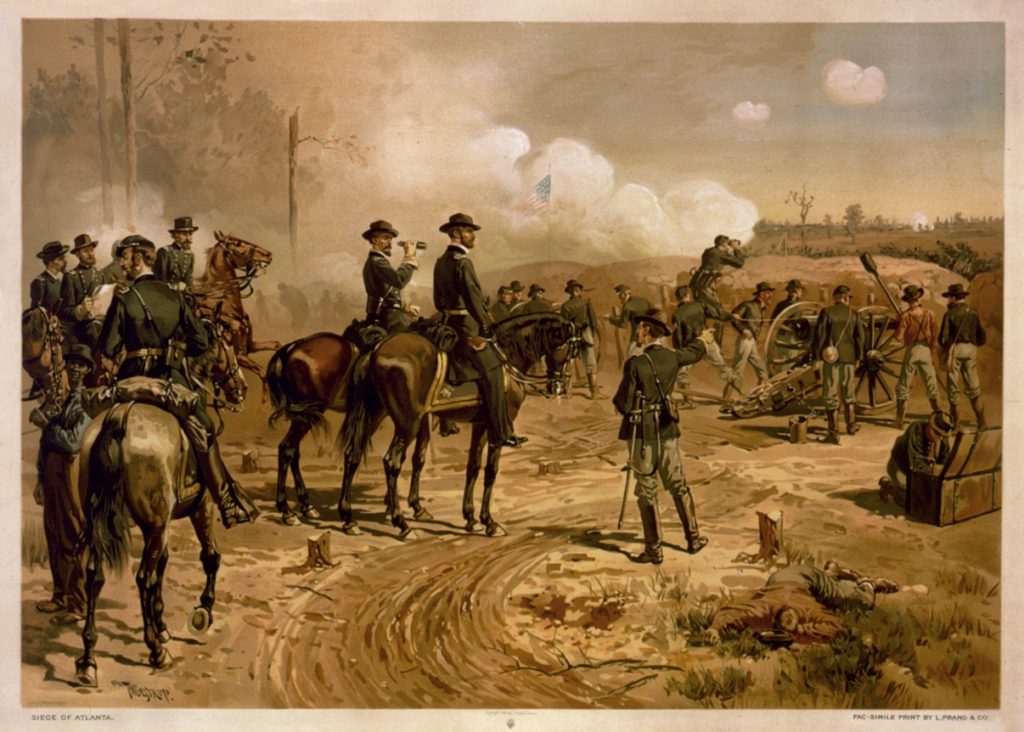
A vital transportation and commercial hub, Atlanta was critical for the Confederacy’s military operations—making it a major Union target. Gen. William T. Sherman’s attack on Atlanta in 1864, and its subsequent fall, ultimately led to the Confederacy’s downfall. It provided the national morale lift needed to propel Lincoln to be the first president to be reelected since Andrew Jackson.
Key Battles:
- New Hope Church: May 25-26, 1864
- Dallas: May 26-June 4, 1864
- Pickett’s Mill: May 27, 1864
- Kolb’s Farm: June 22, 1864
- Kennesaw Mountain: June 27, 1864
- Peachtree Creek: July 20, 1864
- Atlanta: July 22, 1864
- Ezra Church: July 28, 1864
- Utoy Creek: August 4-7, 1864
- Jonesborough: August 31-September 1, 1864
- Allatoona: October 5, 1864
- Buck Head Creek: November 28, 1864
Key Sites to Visit:
Atlanta Cyclorama at Atlanta History Center
Kennesaw Mountain National Battlefield Park
Pickett’s Mill Battlefield State Historic Site
Further reading:
The Day Dixie Died: The Battle of Atlanta, by Gary Ecelbarger.
Chattanooga, Tennessee
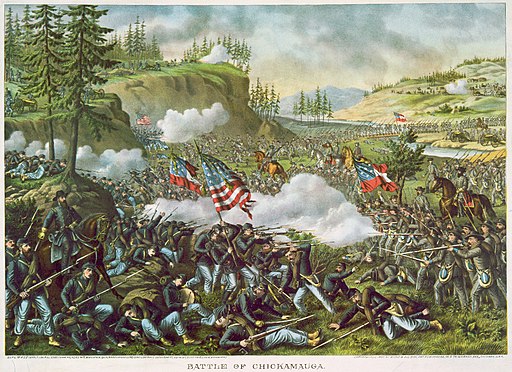
Serving as a gateway to Virginia and Atlanta, boasting strategic river and rail systems, Chattanooga hosted some of the Civil War’s hardest fought battles in fall 1863. The ultimate Union victories repelled the Confederates back to Georgia, thereby ending the siege of Chattanooga and paving the way for Sherman’s March to Savannah in 1864. The Chickamauga Chattanooga National Military Park reigns as the nation’s oldest and largest military park, established by Civil War veterans in 1889.
Key Battles:
- Chattanooga I: June 7-8, 1862
- Chattanooga II: August 21, 1863
- Wauhatchie: October 28-29, 1863
- Chickamauga Campaign: November 23-25, 1863
- Ringgold Gap: November 27, 1863
- Dalton I: February 22 and 27, 1864
- Rocky Face Ridge: May 7-13, 1864
- Resaca: May 13-15, 1864
- Dalton II: August 14-15, 1864
Key Sites to Visit:
Battles for Chattanooga Museum
Chickamauga and Chattanooga National Military Park
Tennessee Valley Railroad Museum
Also see BGES Blog’s “Five Questions: The Battles of Chickamauga and Chattanooga, with Norm Dasinger, Jr.”
Mobile, Alabama
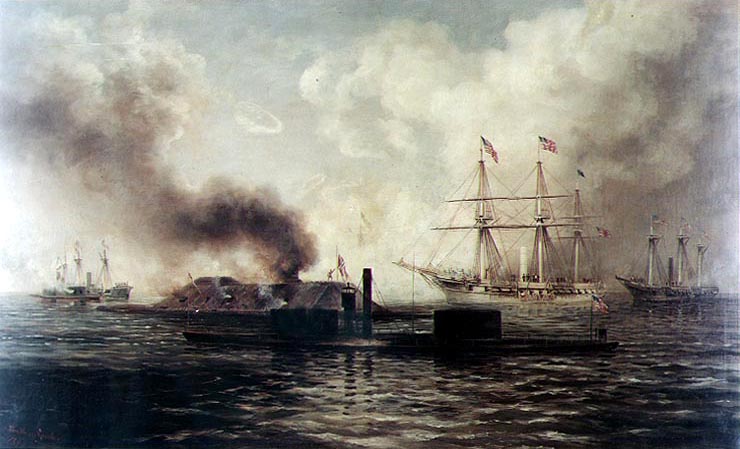
General U.S. Grant coveted this key blockade-running Confederate port on the Gulf of Mexico, and it eluded him most of the war. Finally, he had his chance, as warships battled and armies marched in 1864–1865, resulting in the capture of the last major Southern city still in Confederate hands. The Battle of Mobile Bay could not have been won without the courage of Rear Admiral David Farragut, as he urged his flotilla of warships onward despite the danger of underwater mines (or torpedoes): “Damn the torpedoes. Full speed ahead!”
Key Battles:
- Santa Rosa Island: October 9, 1861
- Mobile Bay: August 5, 1864
- Spanish Fort: March 27-April 8, 1865
- Fort Blakely: April 2-9, 1865
Key Sites to Visit:
Battle for Mobile Bay Civil War Trail
Also see: BGES Blog’s “Five Questions for Mike Bunn about the Mobile Campaign.”
New Orleans, Louisiana
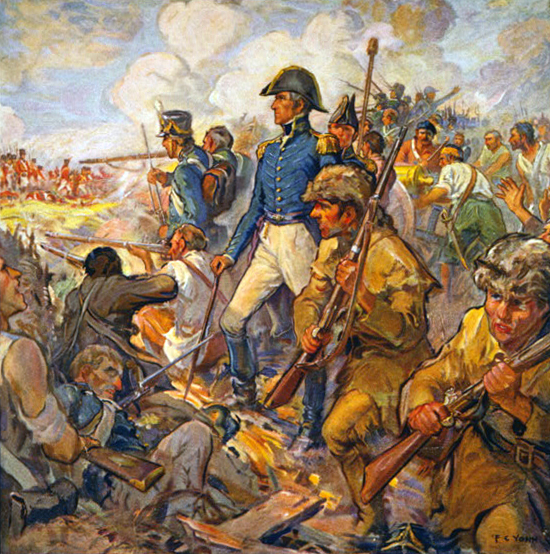
Frederick Coffay | Courtesy Library of Congress
New Orleans’ strategic position at the mouth of the Mississippi River made it unduly attractive to the North. Sure enough, her capture in April 1862, opening up direct access to Vicksburg, proved to be a turning point in the war.
Key Battles:
- Battle of New Orleans: April 24-25, 1862
Key Sites to Visit:
Confederate Memorial Hall Museum
Jackson Barracks
Further Reading:
When the Devil Came Down to Dixie: Ben Butler in New Orleans, by Chester G. Hearn
Also see: BGES Blog’s “Five Questions for Len Riedel: Civil War New Orleans and the Gulf Coast.”
Richmond, Virginia
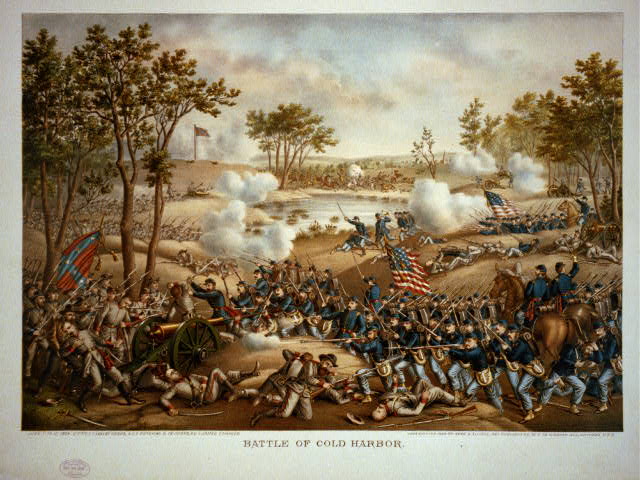
The capital of the Confederacy, Richmond saw many defining battles in and around town during the entire course of the war. With its iron works, flour mills, tobacco factories, woolen mills, and terminus of five railroads—everything that supported fighting the war—it also was an important industrial hub. Here, too, were Confederate hospitals and prisoner-of-war camps. It finally fell on April 2, 1865, after the nine-month siege at nearby Petersburg had been broken.
Key Battles/Campaigns:
Peninsula Campaign: March 1862-July 1862
[including Seven Days’ Battles: June 25-July 1, 1862]- Williamsburg: May 5, 1862
- Eltham’s Landing: May 7, 1862
- Hanover Court House: May 27, 1862
- Seven Pines: May 31-June 1, 1862
- Beaver Dam Creek: June 26, 1862
- Oak Grove: June 25, 1862
- Gaines’ Mill: June 27, 1862
- Garnett’s and Golding’s Farm: June 27-28, 1862
- Savage’s Station: June 29, 1862
- Glendale/White Oak Swamp: June 30, 1862
- Malvern Hill: July 1, 1862
Overland Campaign: May-June 1864
- Yellow Tavern: May 11, 1864
- North Anna: May 23-26, 1864
- Wilson’s Wharf: May 24, 1864
- Haw’s Shop: May 28, 1864
- Totopotomoy Creek/Bethesda Church: May 28-30, 1864
- Old Church: May 30, 1864
- Cold Harbor II: May 31-June 12, 1864
- Saint Mary’s Church: June 24, 1864
Siege of Petersburg: June 9, 1864-March 25, 1865
- Deep Bottom I: July 27-29, 1864
- Deep Bottom II: August 13-20, 1864
- Chaffin’s Farm and New Market Heights: September 29-30, 1864
- Darbytown and Newmarket Roads: October 7, 1864
- Darbytown Road: October 13, 1864
- Fair Oaks and Darbytown Road: October 27-28, 1864
Key Sites to Visit:
American Civil War Center at Historic Tredegar
Richmond National Battlefield Park
Petersburg National Battlefield
White House and Museum of the Confederacy
Also see: BGES Blog’s Tour of Richmond’s Civil War Sites and Pamplin Historical Park.
You must be logged in to post a comment.